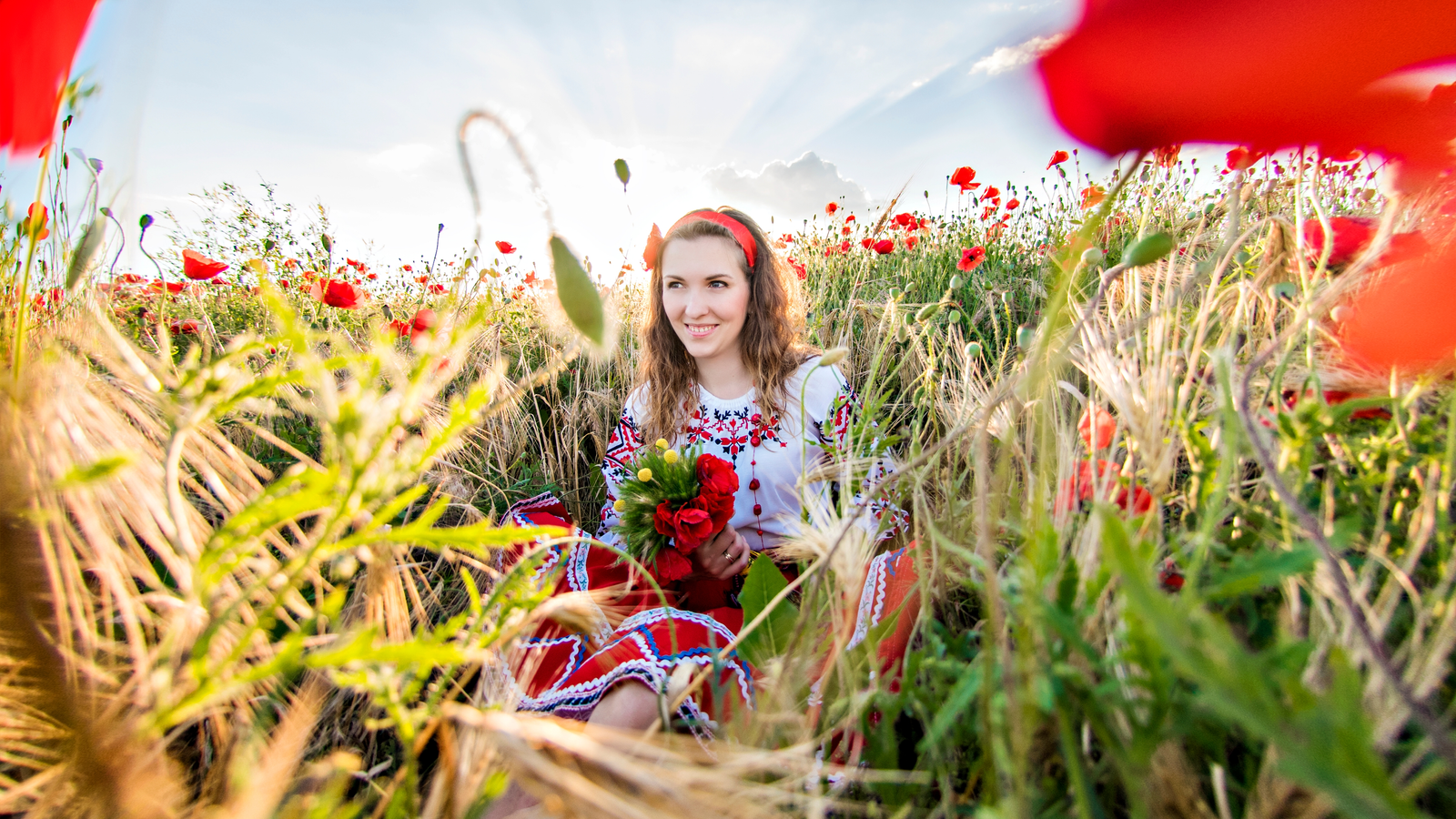Estonian Traditions: From Midsummer (Jaanipäev) to Christmas 🇪🇪✨

Estonia, a small but culturally rich Baltic nation, is home to a fascinating blend of ancient pagan rituals and modern Christian celebrations. From the joyous Midsummer (Jaanipäev) festivities to the cozy, candlelit Christmas (Jõulud), Estonian traditions reflect the country’s deep connection to nature, folklore, and community.
In this detailed guide, we’ll explore the most cherished Estonian traditions, their historical roots, and how they are celebrated today. Whether you’re planning a visit or simply curious about Estonia’s vibrant customs, this article will take you on a journey through the country’s most magical seasonal celebrations.
1. Midsummer (Jaanipäev) – The Celebration of Light and Nature ☀️🔥
The Significance of Jaanipäev
One of the most important Estonian traditions, Jaanipäev (Midsummer’s Day), is celebrated on June 23rd and 24th. This festival marks the summer solstice, the longest day of the year, and has deep roots in pagan traditions honoring fertility, light, and nature.
How Estonians Celebrate Midsummer
- Bonfires (Jaanituli): Large bonfires are lit to ward off evil spirits and symbolize the sun’s power.
- Singing & Dancing: Traditional folk songs (rahvalaulud) and dances fill the night.
- Jumping Over Fires: A playful (and slightly daring) tradition believed to bring good luck.
- Sauna Rituals: Many Estonians enjoy a traditional smoke sauna to purify the body and soul.
- Flower Crowns: Women and girls wear wreaths made of wildflowers, a symbol of beauty and nature’s bounty.
Modern Jaanipäev Celebrations
Today, Jaanipäev is a national holiday where families and friends gather in the countryside, grill food, drink beer, and stay up all night to greet the sunrise.
2. St. Martin’s Day (Mardipäev) – The Start of Winter Festivities ❄️🦢
The Origins of Mardipäev
Celebrated on November 10th, Mardipäev (St. Martin’s Day) marks the transition from autumn to winter. Historically, it was linked to the end of the agricultural year and the beginning of the winter solstice preparations.
Traditional Customs
- Masked Processions (Mardisandid): Children dress up as beggars or animals and go door-to-door singing for treats.
- Feasting on Goose: Roasted goose with sauerkraut and blood sausage (verivorst) is a staple dish.
- Weather Predictions: Estonians believed that a snowy Mardipäev meant a mild winter.
Modern Observances
While less prominent than Jaanipäev, some rural communities still honor Mardipäev with folk plays and seasonal feasts.
3. Christmas (Jõulud) – A Time of Magic and Warmth 🎄🕯️
The Estonian Christmas Spirit
Jõulud (Christmas) in Estonia blends pagan Yule traditions with Christian influences. The holiday is a time for family, reflection, and enjoying the quiet beauty of winter.
Key Estonian Christmas Traditions
- Christmas Sauna: A pre-Christmas sauna cleanses the body and soul before celebrations.
- Straw Decorations: Straw ornaments symbolize prosperity and are hung around the home.
- Visiting the Dead: Some families visit cemeteries to light candles for departed loved ones.
- Santa Claus (Jõuluvana): The Estonian Santa delivers gifts on Christmas Eve (24th December).
Traditional Christmas Foods
- Blood Sausage (Verivorst): A must-have dish served with lingonberry jam.
- Christmas Bread (Sepik): Sweetened bread with cardamom and raisins.
- Pickled Cabbage (Hapukapsas): A tangy side dish for hearty winter meals.
Modern Christmas Celebrations
While Estonia is a secular country, Jõulud remains a cherished holiday. Cities like Tallinn host festive markets, and families gather for a quiet, cozy celebration.
4. New Year’s Eve (Uusaasta) – Fireworks and Fortunes 🎆🍾
Welcoming the New Year
Estonians celebrate New Year’s Eve (Uusaasta) with fireworks, parties, and superstitions about the coming year.
Popular Customs
- Predicting the Future: Some melt tin to see what shape it forms, interpreting it as a fortune for the new year.
- Twelve Meals Tradition: Eating 12 meals at midnight ensures abundance for each month ahead.
Modern Celebrations
Tallinn’s Freedom Square becomes a hub for concerts and fireworks, while smaller towns host intimate gatherings.
5. Shrove Tuesday (Vastlapäev) – Pancakes and Winter Fun 🥞⛷️
The Meaning of Vastlapäev
Held before Lent, Vastlapäev (Shrove Tuesday) is a day of indulgence before the fasting period.
Traditional Activities
- Eating Pea Soup & Pancakes: A hearty meal to prepare for Lent.
- Sledding for a Good Harvest: The farther you sled, the better your crops will grow!
Modern Observance
While Lent is less strictly followed today, Vastlapäev remains a fun, family-oriented day with delicious food.
Conclusion: A Year of Estonian Traditions 🗓️❤️
From the sun-drenched revelry of Jaanipäev to the serene glow of Jõulud, Estonian traditions offer a beautiful glimpse into the nation’s soul. Whether rooted in ancient pagan rites or shaped by modern influences, these celebrations highlight Estonia’s love for nature, community, and seasonal rhythms.
If you ever get the chance to experience these festivities firsthand, you’ll understand why Estonians hold them so dear. Head püha! (Happy holiday!) 🎉
By incorporating these Estonian traditions into your travel plans or cultural knowledge, you’ll gain a deeper appreciation for this enchanting Baltic nation. 🇪🇪✨
Discover more from SuqMall
Subscribe to get the latest posts sent to your email.

